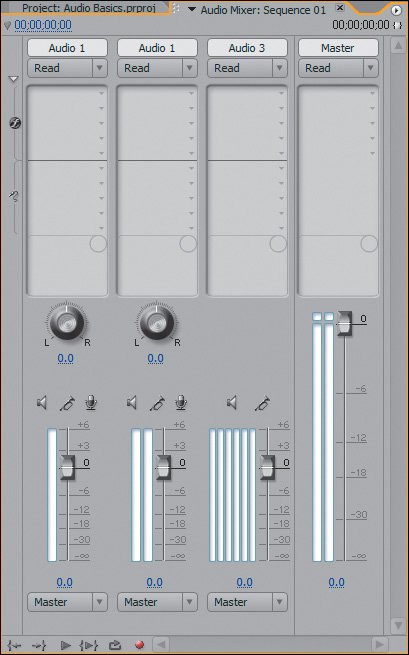Chapter 9. Audio Basics
| The way audio works in Premiere Pro is very different from the way it worked in previous versions. Adobe made three fundamental changes, all of which result in greater quality and better control over your audio. Premiere Pro supports:
To better understand the importance of these changes, take a look at the flow of sound as it passes through Premiere Pro. |
EAN: 2147483647
Pages: 200
- Chapter II Information Search on the Internet: A Causal Model
- Chapter V Consumer Complaint Behavior in the Online Environment
- Chapter VIII Personalization Systems and Their Deployment as Web Site Interface Design Decisions
- Chapter XIII Shopping Agent Web Sites: A Comparative Shopping Environment
- Chapter XIV Product Catalog and Shopping Cart Effective Design

